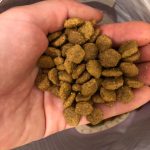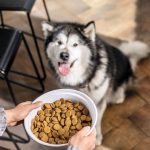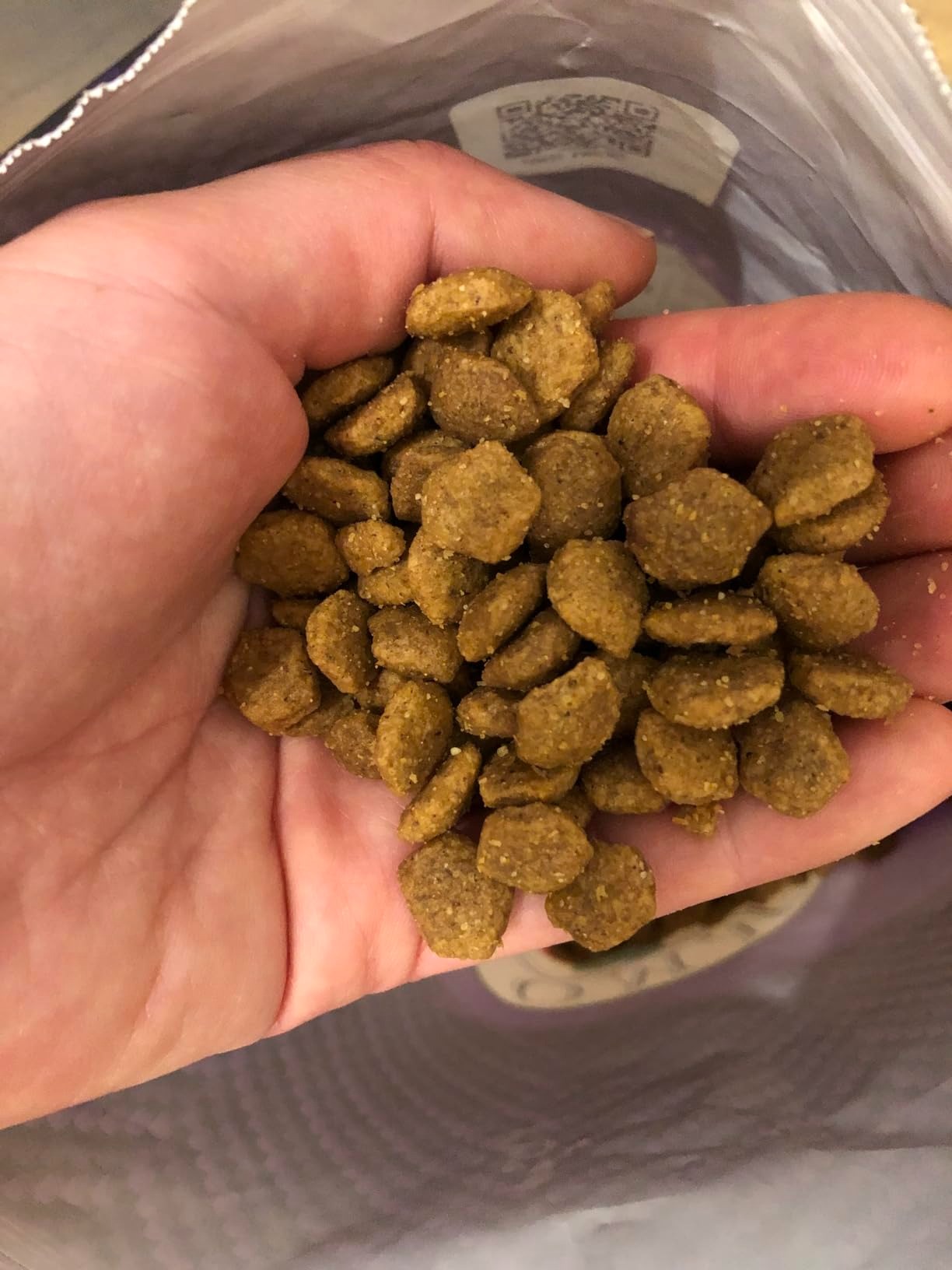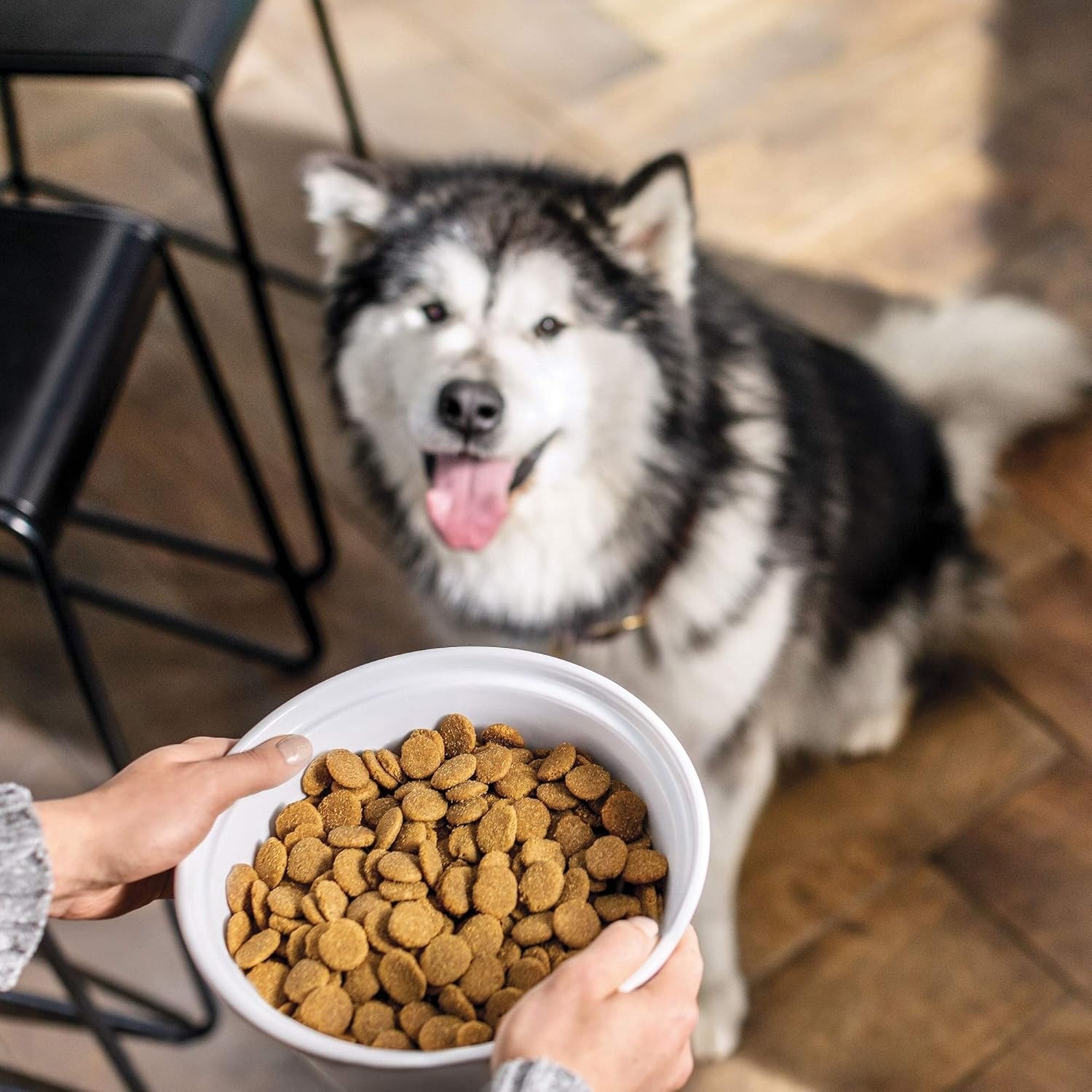Introduction to Salmon Dog Food
Salmon dog food has become a popular choice among pet owners seeking a nutrient-rich, balanced diet for their canine companions. Packed with essential nutrients like omega-3 fatty acids, high-quality protein, and vitamins, salmon-based dog food supports overall health and vitality. Omega-3s, particularly EPA and DHA, promote a shiny coat, healthy skin, and reduced inflammation, making it ideal for dogs with allergies or sensitive skin. The protein in salmon aids muscle development and repair, while its natural digestibility minimizes gastrointestinal discomfort.
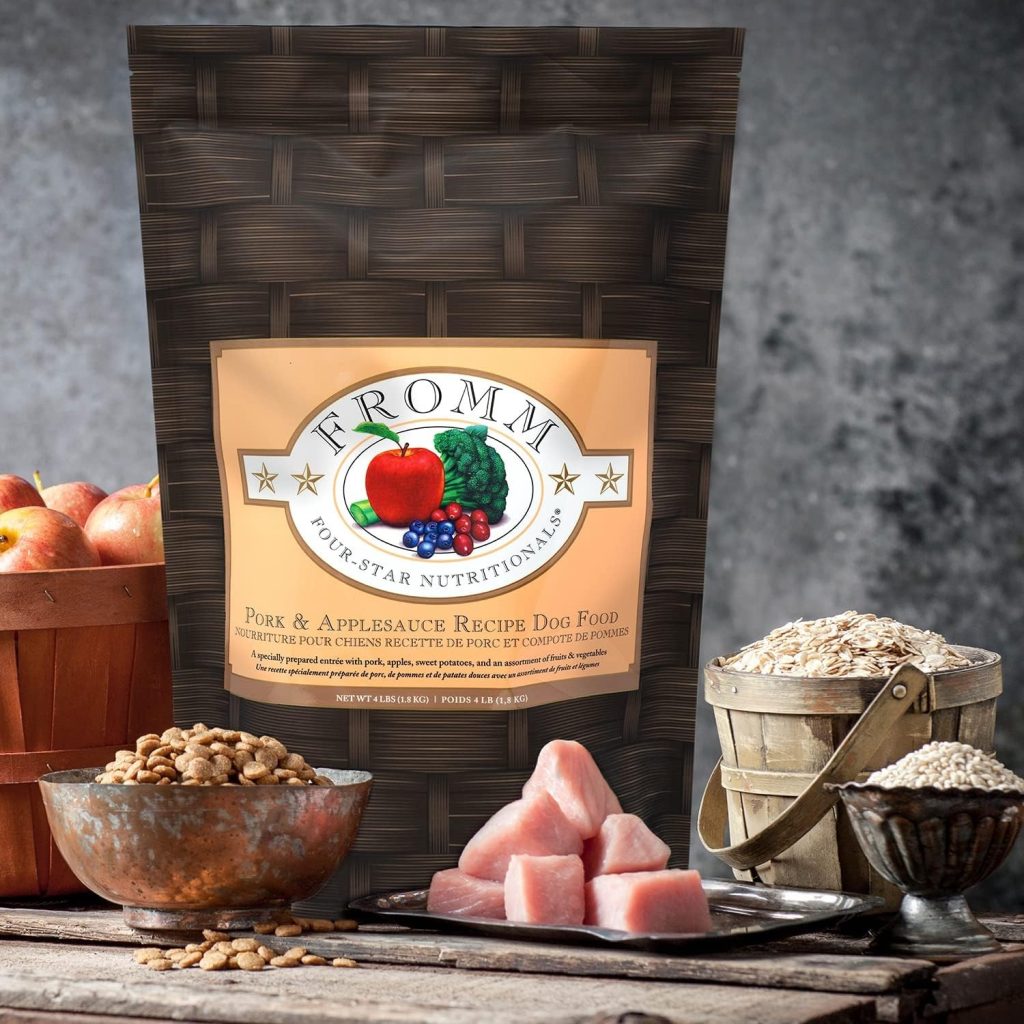
Furthermore, salmon is a low-allergen protein source compared to common alternatives like chicken or beef, making it suitable for dogs with dietary sensitivities. When selecting salmon dog food, prioritize brands with real salmon as the first ingredient, minimal fillers, and certifications like AAFCO approval or organic labeling. While cost may be higher than conventional options, the long-term health benefits—such as improved heart function, cognitive support, and energy levels—justify the investment.
Why Salmon is Ideal for Dogs
Salmon is an exceptional protein source for dogs due to its unique combination of nutrients and health benefits. First and foremost, it is rich in omega-3 fatty acids—specifically EPA and DHA—which are critical for maintaining skin and coat health. These fatty acids reduce inflammation, alleviate dryness and dandruff, and promote a glossy, irritation-free coat. For dogs prone to allergies or skin conditions, salmon’s anti-inflammatory properties make it a safer alternative to common allergens like chicken or beef.
Beyond skin health, salmon supports overall canine wellness. Its high-quality protein content aids muscle development and repair, making it ideal for active dogs and puppies. Unlike red meats, salmon is low in saturated fats and high in easily digestible proteins, reducing the risk of gastrointestinal upset. This digestibility is particularly beneficial for dogs with sensitive stomachs or age-related digestive challenges.
Additionally, omega-3s in salmon enhance cognitive function and heart health. Studies show that these fatty acids improve brain development in puppies and reduce the risk of heart disease in senior dogs by maintaining healthy blood pressure and cholesterol levels. Salmon also contains vitamin B12, selenium, and potassium, which boost immunity and energy levels.
Another advantage is salmon’s low allergen risk. While no food is entirely hypoallergenic, salmon triggers fewer sensitivities compared to chicken or lamb, making it a go-to option for dogs with dietary restrictions.
Lastly, salmon dog food is versatile. It can be incorporated into homemade meals or selected as a premium commercial diet, offering flexibility for pet owners. When choosing salmon-based products, opt for brands listing salmon as the primary ingredient and avoiding artificial additives.
In summary, salmon’s nutritional profile—rich in omega-3s, lean protein, and essential vitamins—positions it as an ideal choice for dogs seeking optimal health, vitality, and longevity.
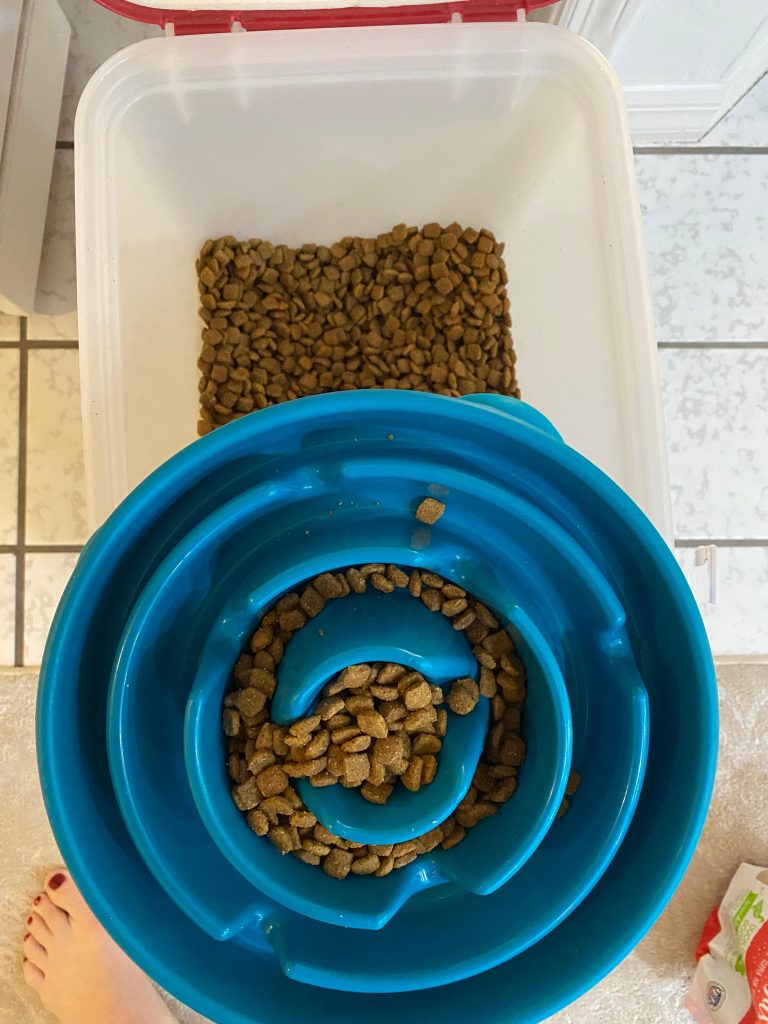
Key Nutritional Benefits of Salmon Dog Food
Salmon dog food offers a comprehensive nutritional profile tailored to canine health. Below are its key benefits, organized into digestible points:
- Omega-3 Fatty Acids for Skin & Coat Health
Salmon is a rich source of omega-3 fatty acids (EPA and DHA), which reduce inflammation, soothe irritated skin, and promote a shiny, dandruff-free coat. These fats also strengthen the skin barrier, reducing allergies and itchiness. - High-Quality Protein for Muscle Development
Salmon provides easily digestible protein to support muscle growth and repair. Unlike red meats, its low saturated fat content makes it ideal for weight management while maintaining energy levels. - Joint Health Support
Omega-3s in salmon dog food reduce joint inflammation, easing discomfort in aging dogs and those with arthritis. Regular consumption may slow cartilage degradation, improving mobility. - Heart Health & Cardiovascular Support
The omega-3s and antioxidants in salmon lower bad cholesterol (LDL) and improve blood circulation, reducing the risk of heart disease—a leading cause of canine mortality. - Brain & Cognitive Function
DHA in salmon boosts cognitive development in puppies and slows age-related mental decline in seniors. Studies show it enhances memory and learning abilities. - Immune System Boost
Salmon contains vitamin B12, selenium, and zinc, which strengthen immune responses. These nutrients help fight infections and support overall cellular health.
By prioritizing salmon dog food, pet owners ensure their pets receive a nutrient-dense diet that addresses multiple health needs. Always choose brands with real salmon as the first ingredient and minimal artificial additives to maximize these benefits.
Choosing High-Quality Salmon Dog Food
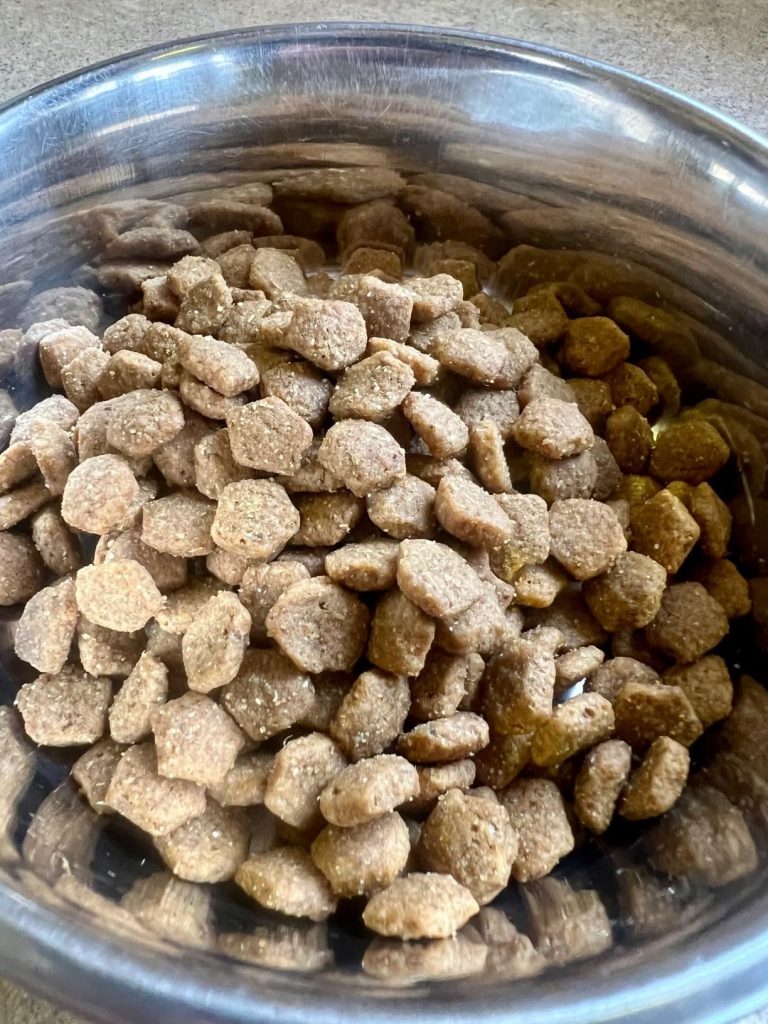
Selecting the right salmon dog food requires careful evaluation to ensure optimal nutrition and safety. Here’s a concise guide to identifying high-quality options:
1. Prioritize Ingredient Transparency
The first listed ingredient should be real salmon, not vague terms like “fish meal” or “by-products.” Avoid products with fillers such as corn, soy, or wheat, which add bulk without nutritional value. Opt for recipes that include salmon as the primary protein source, paired with whole foods like sweet potatoes or peas for balanced nutrition.
2. Look for Certifications
Choose brands with AAFCO (Association of American Feed Control Officials) certification, guaranteeing the food meets nutritional standards. For added assurance, seek organic or human-grade labels, which ensure no artificial additives, pesticides, or harmful preservatives.
3. Check for Allergen Safety
While salmon is naturally low in allergens, avoid formulas that mix it with common triggers like chicken or beef. High-quality salmon dog food should focus on a single protein source to minimize digestive issues.
4. Analyze Fat and Protein Content
Aim for foods with 18–30% protein and 5–15% fat, depending on your dog’s age and activity level. Excess fat may lead to weight gain, while insufficient protein compromises muscle health. Ingredients like salmon oil can boost omega-3s without overloading calories.
By focusing on these factors, you can select salmon dog food that delivers on its promise of health benefits without compromising quality. Always introduce new brands gradually to monitor tolerance and adjust based on your dog’s unique needs.
Common Concerns About Salmon-Based Dog Food
While salmon-based dog food offers numerous benefits, some pet owners hesitate due to misconceptions. Below are answers to frequent questions:
1. Is Wild-Caught Salmon Safe Due to Mercury?
Commercial salmon dog foods undergo strict testing to ensure mercury levels are within safe limits. Opt for brands sourcing sustainably farmed or tested wild-caught salmon to minimize risk.
2. Can Salmon Cause Allergies?
Though rare compared to chicken or beef, some dogs may react. Introduce salmon gradually, mixing it with their current food for 3–5 days, and monitor for itching, vomiting, or diarrhea.
3. Is Salmon Dog Food Too Expensive?
Premium brands may cost more, but long-term benefits—such as reduced vet bills for skin or joint issues—offset the expense. Compare prices with other high-quality protein-based foods for value.
4. Is It Suitable for All Dog Breeds?
Salmon dog food is generally safe for all breeds, but consult a vet for puppies, seniors, or dogs with kidney issues (excess protein may strain kidneys).
5. Can I Feed Raw Salmon?
Never serve raw salmon—it may carry parasites like Salmonidae or bacteria. Always cook or choose commercially processed salmon-based foods.
6. Does It Cause Digestive Issues?
High-quality salmon dog food is highly digestible, but poor-quality brands with fillers can cause bloating. Prioritize recipes with salmon as the first ingredient and minimal additives.
By addressing these concerns, pet owners can confidently choose salmon-based dog food as a nutritious, safe option. Always align choices with your dog’s health needs and vet recommendations.
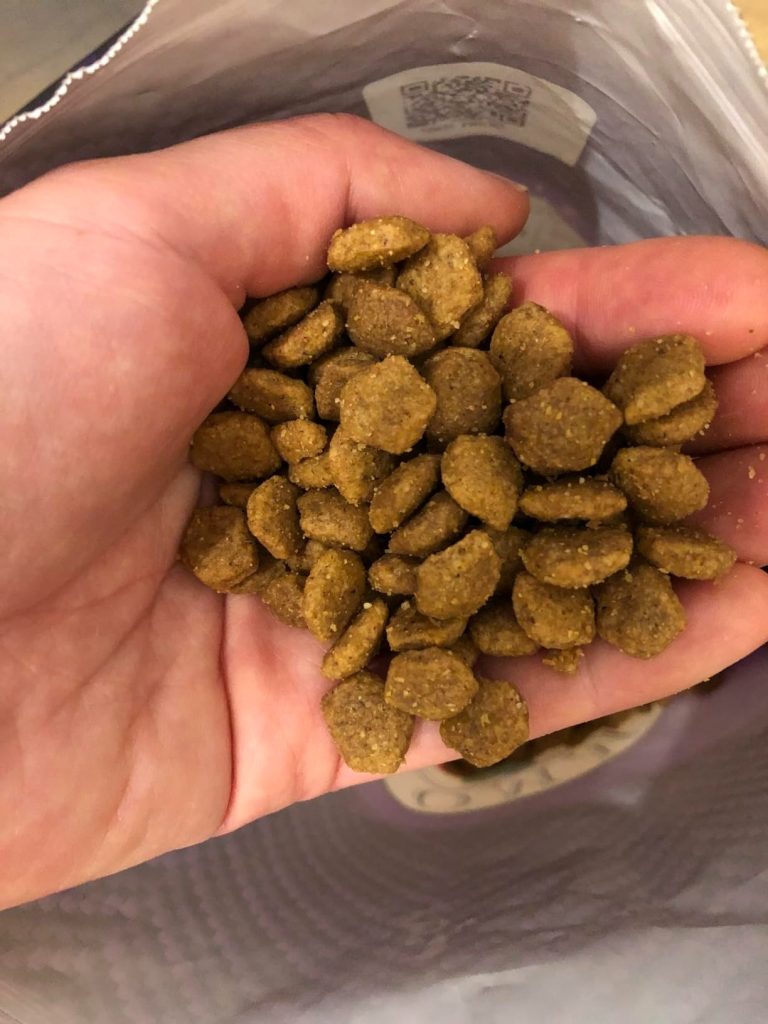
Salmon Dog Food Recipes for Home-Cooked Meals
Homemade salmon dog food allows customization to meet your pet’s dietary needs. Here are simple, safe recipes using fresh ingredients:
1. Basic Salmon & Rice Recipe
- Ingredients:
- 1 cup cooked, boneless, skinless salmon
- ½ cup cooked brown rice
- ¼ cup steamed carrots
- 1 tsp olive oil (optional)
- Instructions: Mix all ingredients, refrigerate leftovers for up to 3 days.
2. Nutrient-Boosting Variation
Add 1 tbsp pumpkin puree (no sugar) for fiber and 1 tsp flaxseed for extra omega-3s. Ideal for dogs needing digestive or skin support.
3. Sensitive Stomach Option
Replace rice with easily digestible sweet potato and add ¼ cup cooked green beans. Avoid seasoning entirely.
Safety Tips:
- Cook salmon thoroughly to kill parasites.
- Avoid onions, garlic, or salt—toxic to dogs.
- Introduce slowly to prevent digestive upset.
Homemade meals should complement, not replace, commercial salmon dog food unless vet-approved. Always consult a professional before making drastic dietary changes.
Tips for Transitioning to Salmon Dog Food
Switching your dog to salmon-based food requires patience to ensure a smooth adjustment. Follow these steps to minimize digestive upset and maximize acceptance:
1. Gradual Mixing Over 7–10 Days
Start by replacing 25% of their current food with salmon dog food for 3–4 days. Gradually increase the ratio (e.g., 50% salmon food by day 5, 75% by day 7) until fully transitioned. This prevents sudden stomach discomfort.
2. Monitor Stool Quality
Watch for loose stools or vomiting during the transition. If digestive issues arise, slow down the process or consult a vet. Ideal stools should be firm and well-formed.
3. Adjust Portion Sizes
Salmon dog food’s higher protein content may require smaller portions to avoid overfeeding. Use the brand’s feeding guidelines as a starting point and adjust based on your dog’s weight and activity level.
4. Address Picky Eaters
If your dog resists the new taste, try:
- Warming the food to enhance aroma.
- Mixing with a small amount of plain yogurt for flavor.
- Adding a drizzle of salmon oil to boost palatability.
5. Consult Your Vet First
Dogs with kidney issues, allergies, or chronic conditions may need a tailored transition plan. Always inform your vet before changing diets, especially for seniors or puppies.
6. Observe Long-Term Reactions
After fully transitioning, monitor energy levels, coat health, and appetite over 2–4 weeks. If benefits are minimal or issues persist, consider switching brands or reintroducing the old food.
By following these tips, you can ensure a safe, stress-free transition to salmon dog food, maximizing its health benefits while keeping your pet comfortable.
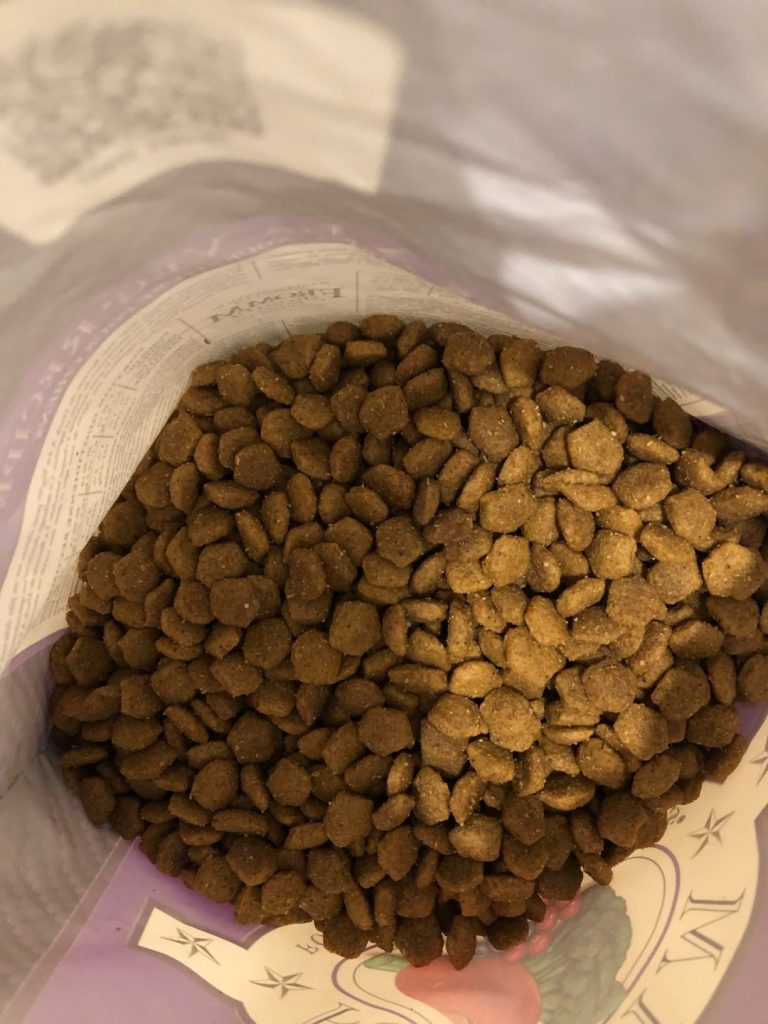
Conclusion and FAQs
Conclusion
Salmon dog food is a powerhouse of nutrition, offering omega-3s, protein, and digestibility to support canine health. By choosing high-quality brands and following gradual transition tips, pet owners can provide a diet that enhances vitality, skin/coat condition, and longevity. Always align choices with your dog’s unique needs and consult a vet for tailored advice.
Frequently Asked Questions
Q: Is salmon dog food suitable for all dogs?
A: Most dogs thrive on it, but consult a vet for those with kidney issues or allergies.
Q: How do I choose the best brand?
A: Prioritize salmon as the first ingredient, AAFCO certification, and minimal fillers.
Q: Can I feed homemade salmon daily?
A: Yes, but ensure it’s fully cooked and paired with balanced ingredients like rice and veggies.
Q: Is it expensive compared to other dog foods?
A: Premium salmon-based options cost more, but long-term health benefits justify the investment.
Q: What if my dog refuses to eat it?
A: Mix with their current food, warm slightly, or add a drizzle of salmon oil to enhance appeal.

